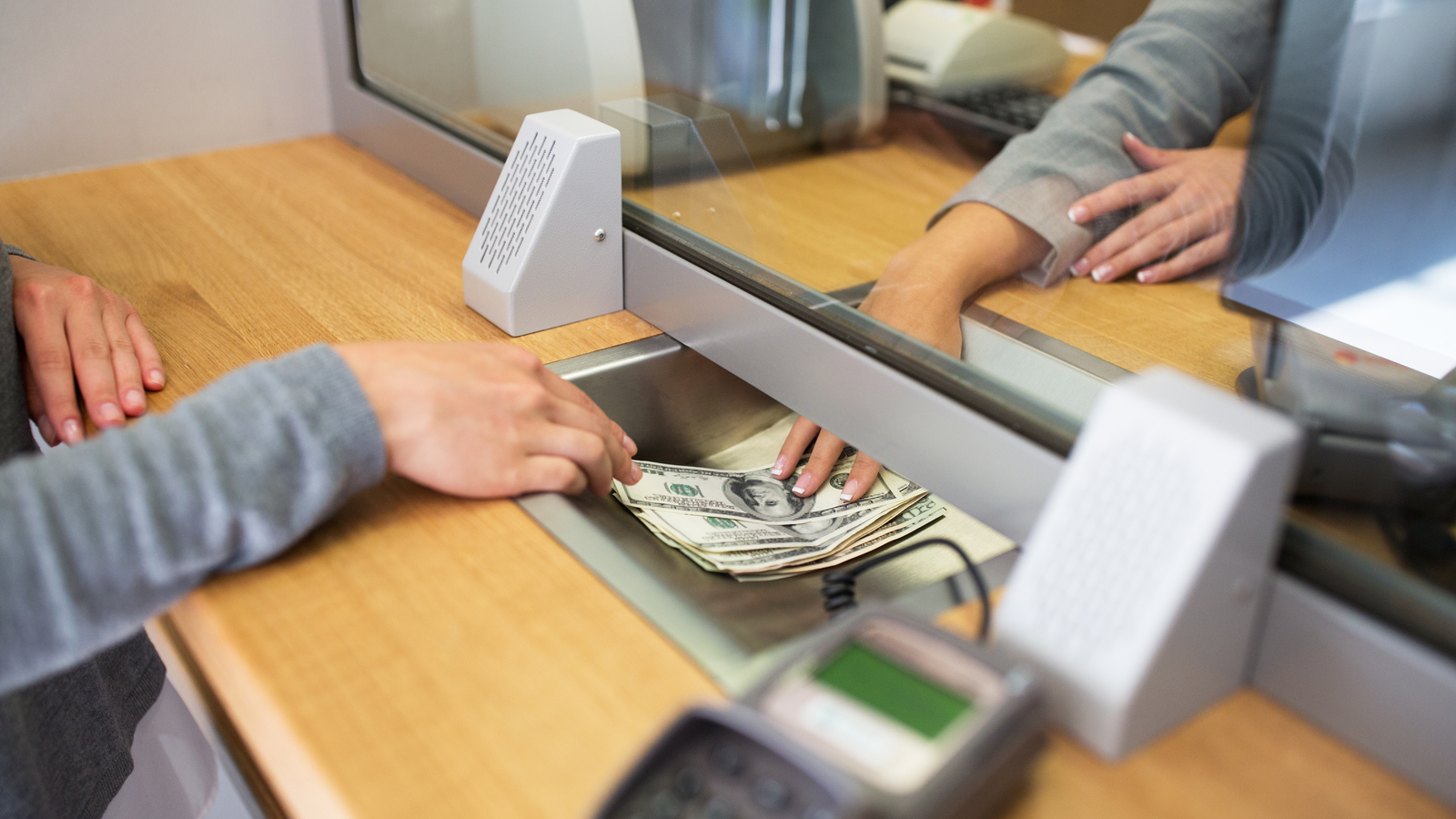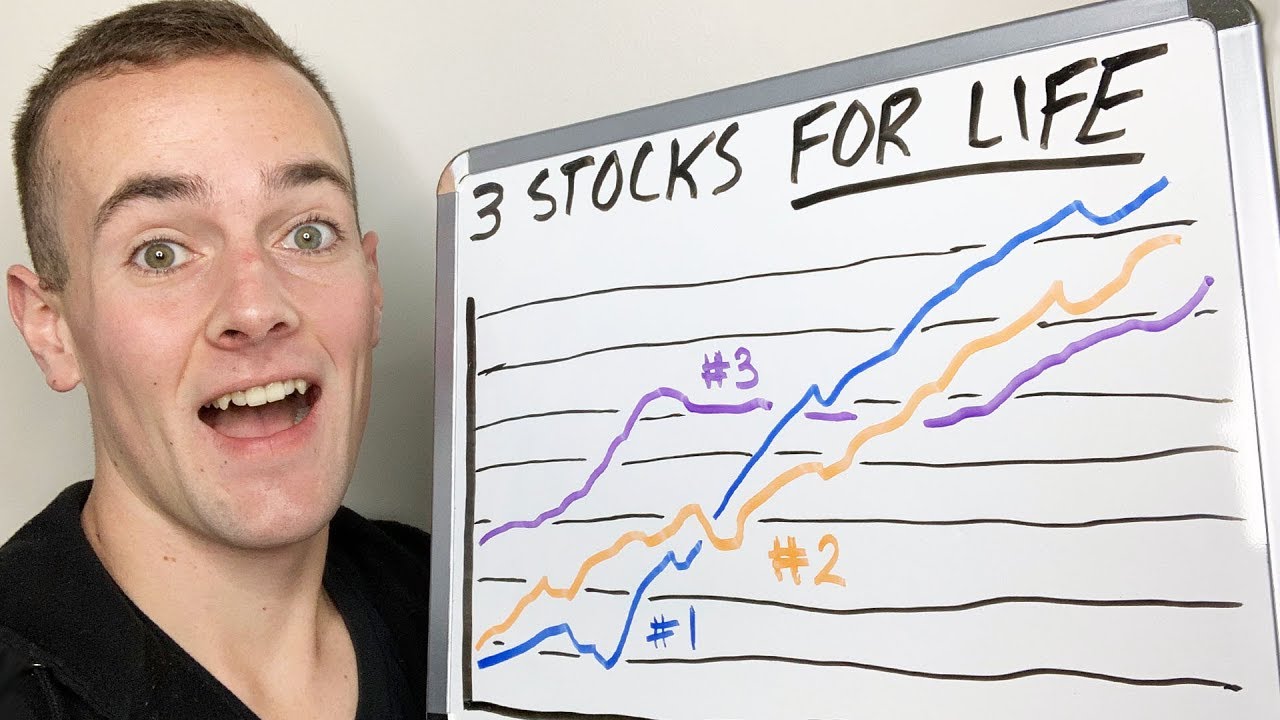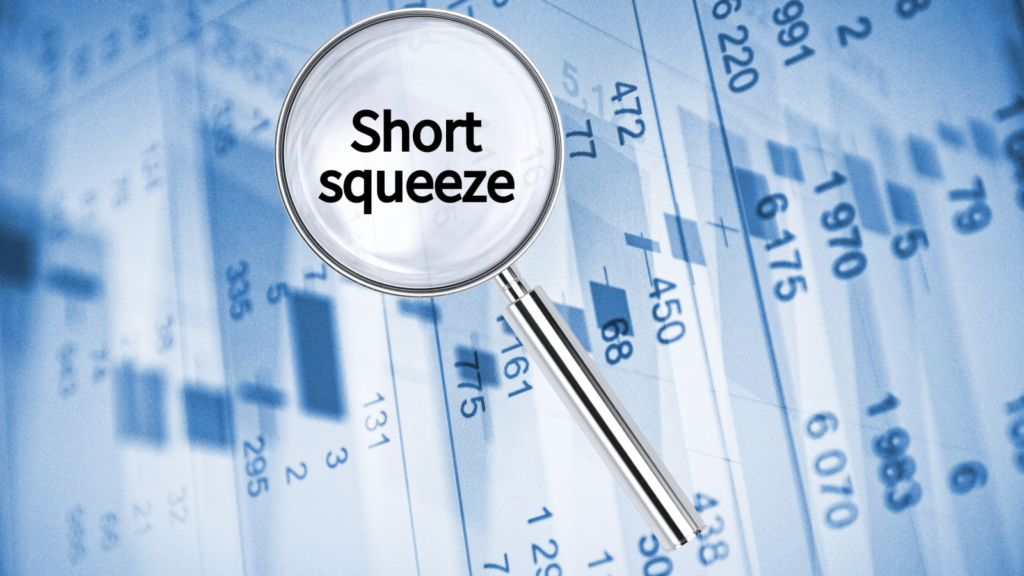With the equities market increasingly coming under pressure due to financial stability concerns, investors may want to consider consumer staples stocks to buy for reliable dividends. Fundamentally, these enterprises cater to needs, not wants. In this manner, the below companies benefit from a captive audience catalyst.
As well, the offering of passive income gives investors some confidence to ride out any storms. True, these consumer staples stocks don’t necessarily represent the most generous enterprises. However, with a payout ratio sitting between 20% to 50%, the underlying yields should be sustainable. Anyways, what good is an extremely high yield if the company will be forced to cut it soon? Plus, enterprises that offer consistent dividends imply that they operate stout, dependable businesses. With storm clouds on the horizon, these are the consumer staples stocks to buy.
| KR | Kroger | $49.08 |
| ADM | Archer-Daniels-Midland | $79.18 |
| GIS | General Mills | $84.49 |
| INGR | Ingredion | $100.92 |
| TSN | Tyson Foods | $58.18 |
| AGRO | Adecoagro | $8.16 |
| VLGEA | Village Super Market | $22.59 |
Kroger (KR)

Source: Dmitry Lobanov/Shutterstock.com
A retail company that operates supermarkets and multi-department stores, Kroger (NYSE:KR) effectively enjoys a hostage audience to put it cynically. At the end of the day, we all need to eat. Further, no matter what happens in the economy, people will sacrifice every other budget item to survive. Therefore, KR represents a powerful case among consumer staples stocks to buy.
Financially, it’s not the greatest enterprise ever if we’re being honest. Perhaps most noticeably, Kroger carries a significant amount of debt relative to its cash account. That said, it does enjoy an Altman Z-Score of 3.66, reflecting low bankruptcy risk over the next two years. Also, its three-year revenue growth rate pings at 10.3%, above 75% of the retail defensive industry.
For passive income, it’s not going to make you rich with a forward yield of 2.13%. Still, it features an ultra-low payout ratio of 23.16%. Also, the company commands 16 years of consecutive annual dividend increases.
Archer-Daniels-Midland (ADM)

Source: jittawit21/Shutterstock.com
A multinational food processing and commodities trading firm, Archer Daniels Midland (NYSE:ADM) operates more than 270 plants and 420 crop procurement facilities worldwide, according to its public profile. Despite its broad relevancies, ADM suffered noticeable hits to its previously robust market performance. For example, ADM lost more than 12% of its equity value since the Jan. opener.
Although the red ink may be distracting, Archer definitely ranks among the consumer staples stocks to buy. First, it enjoys decent stability in the balance sheet, with an Altman Z-Score of 3.51 indicating a relatively safe enterprise. Operationally, the company’s three-year revenue growth rate pings at 16.4%, above 81.7% of the industry.
Additionally, the market prices ADM at a forward multiple of 11.65. As a discount to projected earnings, ADM ranks better than 72.25% of the field. Regarding passive income, Archer’s forward yield pings at 2.29%. Its payout ratio is likewise super low at 26.77%. However, it features 51 years of consecutive dividend increases, making it a dividend king.
General Mills (GIS)
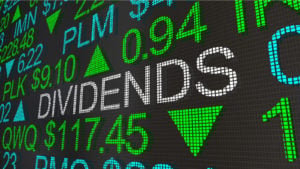
Source: iQoncept/shutterstock.com
A multinational manufacturer and marketer of branded processed consumer foods, General Mills (NYSE:GIS) is one of the most popular consumer staples stocks. Better yet, that popularity translates into contextually robust market performance. Since the beginning of this year, GIS gained nearly 2% of its equity value. In the past 365 days, it moved up over 25%.
Financially, though, General Mills may require some patience among prospective investors. For one thing, the company features only middling strength in the balance sheet, with a greater-than-desired debt load. Also, GIS doesn’t particularly rate as attractive based on pricing relative to earnings (trailing and projected).
On the plus side, General Mills offers a consistently profitable enterprise. For instance, its net margin stands at 14%, above nearly 88% of the industry. Finally, the company carries a forward yield of 2.55%. Here, the payout ratio is a bit elevated. However, at 48.33%, it’s within the spectrum of likely-to-be sustainable yields.
Ingredion (INGR)

Source: Shutterstock
An American multinational ingredient provider, Ingredion (NYSE:INGR) produces mainly starches, non-GMO sweeteners, stevia, and pea protein. Further, the company turns corn, tapioca, potatoes, plant-based stevia, grains, fruits, gums, and other vegetables into ingredients for the food, beverage, brewing, and pharmaceutical industries and numerous industrial sectors. Since the start of the year, INGR gained over 4% of its equity value.
Overall, Ingredion benefits from solid financial metrics. To start with the less-than-ideal stats, Ingredion features a cash-to-debt ratio of only 0.09 times. This ranks worse than 81.5% of the consumer-packaged goods industry. However, its Altman Z-Score of 3.32 reflects low bankruptcy risk.
On the decidedly positive front, Ingredion’s three-year revenue growth rate pings at 8.8%, outpacing 63.46% of the competition. Also, its net margin of 6.19% exceeds 67.49% of sector peers. Lastly, the company carries a forward yield of 2.8%. Here, the payout ratio sits at a very acceptable 31.63%. Also, Ingredion commands 12 years of consecutive dividend increases. Thus, it makes for an ideal investment among consumer staples stocks.
Tyson Foods (TSN)
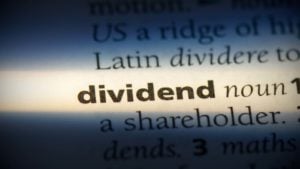
Source: Shutterstock
Based in Springdale, Arkansas, Tyson Foods (NYSE:TSN) is the world’s second-largest processor and marketer of chicken, beef, and pork, according to its corporate profile. Further, it annually exports the largest percentage of beef out of the U.S. Unfortunately, this relevance isn’t translating to robust market performance. Since the Jan. opener, TSN faded to the tune of 9%.
Nevertheless, contrarians interested in bidding up an overall solid name among consumer staples stocks may want to target TSN. Financially, one of the more glaring vulnerabilities centers on its cash-to-debt ratio of 0.08. Here, the company ranks worse than almost 83% of the field. However, it enjoys an Altman Z-Score of 3.41, reflecting relative stability. Operationally, Tyson prints a three-year revenue growth rate of 8.2%, above 61.1% of sector peers. Also, its book growth rate during the same period pings at 12.8%.
For passive income, Tyson carries a forward yield of 3.32%. Of note, its payout ratio is only 35% and it commands 11 years of consecutive dividend increases.
Adecoagro (AGRO)

Source: Shutterstock
Based in Luxembourg, Adecoagro (NYSE:AGRO) focuses on the development of a sustainable model to produce food and renewable energy. Better yet, the relevance of this enterprise translates to superior market performance. Since the start of the year, AGRO gained over 7% of its equity value. However, over the long run, it’s a tougher narrative. In the past 365 days, shares dropped 30%.
Still, daring contrarian investors of consumer staples stocks may enjoy taking a shot at Adecoagro. Mainly, the company’s vulnerability centers on its balance sheet. It features a greater-than-desired debt load. Also, its Altman Z-Score of 1.28 sits in the middle of the distressed zone.
That said, Adecoagro features a three-year revenue growth rate of 17.5%, beating out 83.12% of its rivals. On the bottom line, the company’s net margin is 8.13%, above 74.56% of sector peers. Also, the market prices AGRO at a trailing multiple of 8.23, which is undervalued. Finally, Adecoagro carries a forward yield of 3.95%, which is quite generous. As well, its payout ratio is only 33.26%, indicating confidence in sustainability.
Village Super Market (VLGEA)

Source: Shutterstock
Based in New Jersey, Village Super Market (NASDAQ:VLGEA) is a grocery specialist focused on high-quality food at affordable prices. Although an attractive business at this juncture, it’s a bit on the soft side in terms of market performance. Since the start of the year, VLGEA lost nearly 3% of its equity value. However, it’s not terrible against the trailing-year framework, down almost 7%.
For those that want to roll the dice on consumer staples stocks, VLGEA could be interesting. First, the company features an Altman Z-Score of 3.29, indicating low bankruptcy risk. Operationally, Village Super Market prints a three-year revenue growth rate of 7.5%, beating out 65% of its peers. As well, the enterprise benefits from consistent and frequent profitability.
Moreover, the market prices VLGEA at a trailing multiple of 10.25. As a discount to earnings, Village Super Market ranks better than 77.16% of the competition. Lastly, the company carries a forward yield of 4.38%. Further, its payout ratio, while elevated at 43%, is still within reason.
On the date of publication, Josh Enomoto did not have (either directly or indirectly) any positions in the securities mentioned in this article. The opinions expressed in this article are those of the writer, subject to the InvestorPlace.com Publishing Guidelines.






